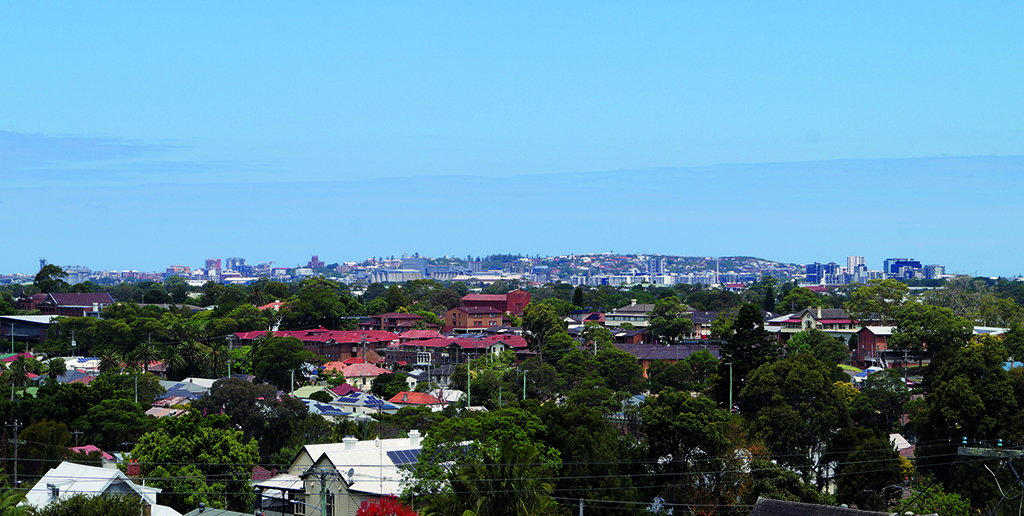
Coming full circle: Mayfield’s urban revival
Mayfield history buff Huck Campbell on the suburb’s journey from gentrified rural haven to gritty industrial powerhouse and its latest resurgence as an enviable lifestyle location.
When my late wife and I made the sea change to Newcastle 20 years ago, I suggested we look at Mayfield. Having lived in Hamilton South a decade earlier, she was quick to reply “No! It is not a good suburb.”
So my own love affair with Mayfield finally began when I met my current partner and I quickly realized how unfair a judgement that had been. Today, Mayfield with its tree-lined streets of fine old homes has certainly become a most desirable suburb. Its fascinating history makes for a riches to rags, then rags to riches kind of yarn.
Home to the Awabakal people for thousands of years, it was envisaged as a gentrified escape from inner city Newcastle in the 1880s. Within a decade it boasted some of Newcastle’s most prestigious houses and gardens, an idyllic semi-rural setting with cooling sea breezes and sweeping views over the Hunter Estuary. With an average of just 300 square metres, the lots in the new subdivisions were quite small, but Newcastle’s elite swooped up entire blocks and created impressive estates.
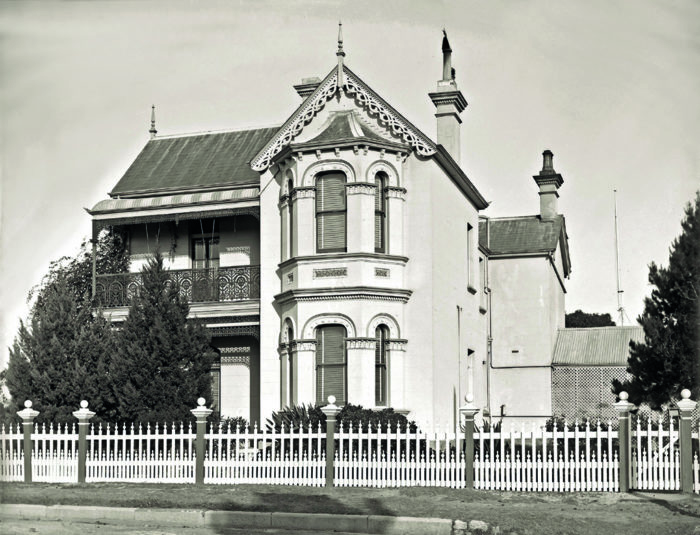
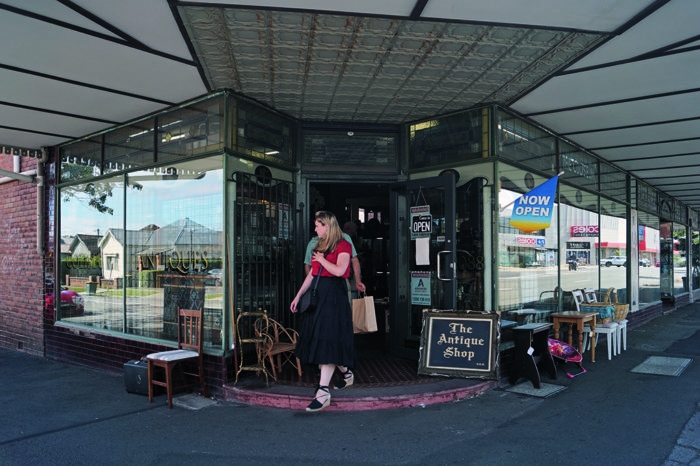
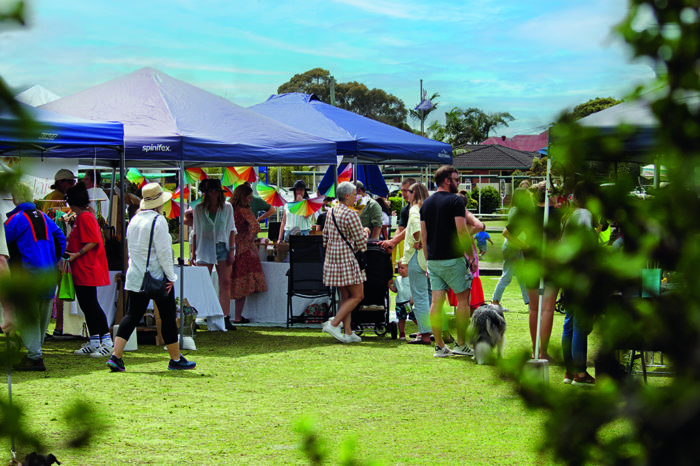

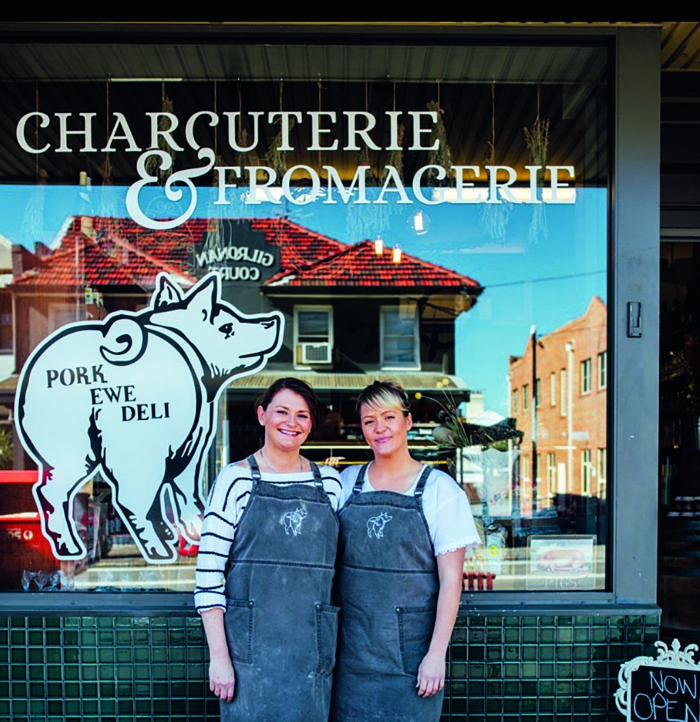
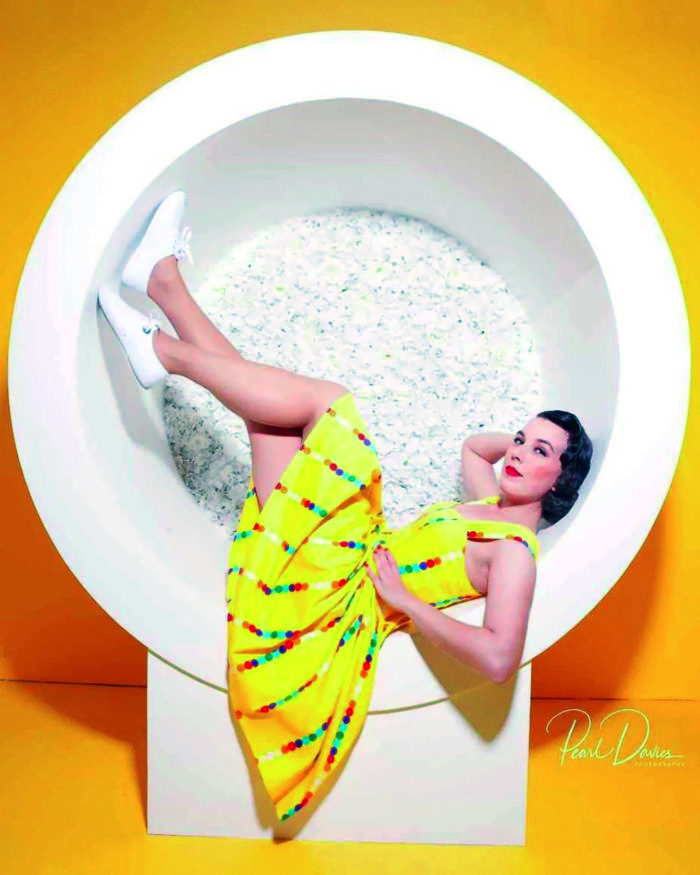
Though not all were properties on a grand scale. Many prominent businesspeople also built comfortable villas over several lots. By the start of the 20th century, as the gardens grew and matured, it must have been strikingly serene and beautiful. Referencing soaring property values and a community of wealth and privilege, the Newcastle Morning Herald called it the ‘Toorak of Newcastle’ at the time.
Yet the suburb’s fortunes were to change dramatically with the arrival of BHP in 1913, followed by a long list of other substantial businesses setting up manufacturing operations in Mayfield. By the 1920s, with their genteel world shattered, the families of the great estates and fine houses began to leave.
Lots that had been part of large holdings since the 1880s were now available and a building frenzy began to house the workers of industry, ultimately creating the architectural landscape of Mayfield we can see today.
While the Victorian estates had reigned supreme for a period of about 20-30 years, most of the suburb’s homes date from the 1920s. Lots had originally been purchased in the 1880s, but by 1900 there were less than ten houses on Elizabeth Street. Another 20 years later, every available lot had been built on.
Just as we tend to ‘in-fill’ gaps in streetscapes today, the Californian Bungalow became the in-fill style of
the 1920s.
Coming in many different variations, the style is mostly identified by a pairing or grouping of prominent gable ends, heavy squat columns and leadlight windows. It was prominent right up to the Great Depression.
Read more about Mayfield in the Autumn Edition of Hunter & Coastal Lifestyle Magazine or subscribe here.
Photography by Frank Schulze, courtesy of University of Newcastle Special Collections and Mayfield businesses. Supported by the Business Improvement Association for Mayfield and Newcastle City Council.

